Home>Gardening & Outdoor>Outdoor Entertaining>How Far Should Your Fire Pit Be From Your House
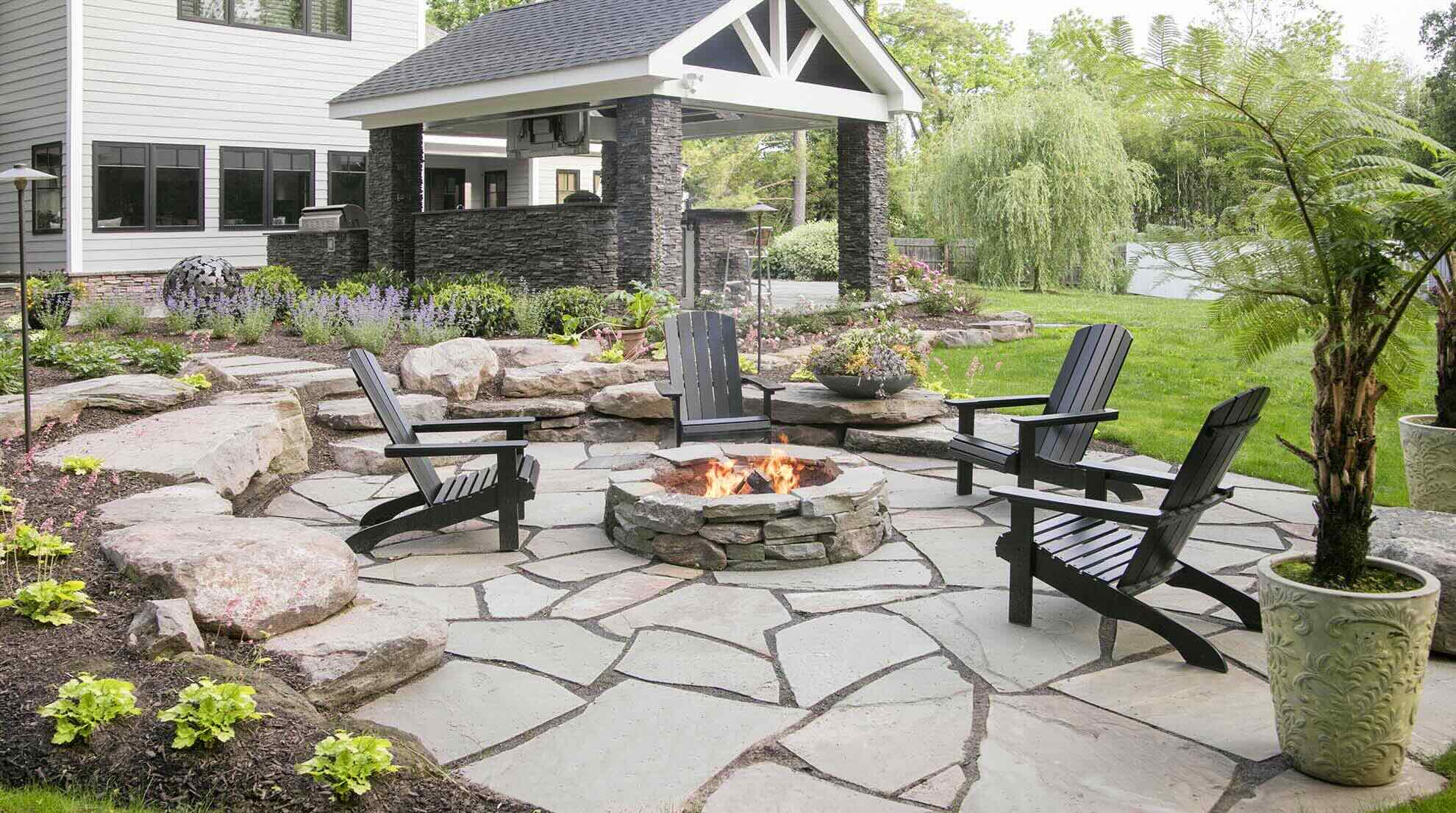

Outdoor Entertaining
How Far Should Your Fire Pit Be From Your House
Modified: May 6, 2024
Discover the ideal distance for your outdoor fire pit from your house to ensure safe and enjoyable outdoor entertaining. Learn more for a cozy and secure outdoor space!
(Many of the links in this article redirect to a specific reviewed product. Your purchase of these products through affiliate links helps to generate commission for Storables.com, at no extra cost. Learn more)
**
Introduction
**
When it comes to creating a warm and inviting outdoor space, few features can rival the allure of a crackling fire pit. Whether you're roasting marshmallows with loved ones or simply basking in the mesmerizing glow, a fire pit adds a touch of magic to any gathering. However, as with any open flame, safety should always be a top priority. One crucial aspect of fire pit safety is determining the appropriate distance between the fire pit and your house. In this article, we'll delve into the essential considerations for positioning your fire pit, ensuring a harmonious blend of ambiance and safety. Let's embark on a journey to uncover the optimal placement for your outdoor fire feature, allowing you to enjoy cozy evenings without compromising on peace of mind.
**
Key Takeaways:
- Keep your wood-burning fire pit at least 10-20 feet away from your house to prevent sparks and heat damage. Gas-fueled fire pits can be closer, around 5-10 feet, but always follow manufacturer guidelines.
- Understanding fire pit safety, legal regulations, and outdoor factors will help you create a safe and cozy fire pit area for memorable gatherings. Prioritize safety without compromising on ambiance and enjoyment.
Read more: How Far Should A Fire Pit Be From A Tree
Understanding Fire Pit Safety
**
Before delving into the specifics of fire pit placement, it’s crucial to grasp the fundamentals of fire pit safety. Fire pits, while undeniably charming, pose inherent risks that necessitate careful attention. Understanding the potential hazards and best practices is essential for ensuring a secure and enjoyable outdoor environment.
First and foremost, it’s important to recognize that fire pits are open flames and, as such, should be treated with the utmost respect and caution. Common sense dictates that flammable materials, such as dry leaves and paper, should be kept far away from the fire pit at all times. Additionally, it’s advisable to have a fire extinguisher, bucket of sand, or hose nearby as a precautionary measure.
Furthermore, the type of fuel used in the fire pit is a critical factor in maintaining safety. Whether you opt for wood, propane, natural gas, or gel fuel, each fuel source comes with its own set of safety considerations. For instance, wood-burning fire pits require adequate ventilation to prevent the buildup of smoke and carbon monoxide. Conversely, gas-fueled fire pits demand regular inspection of the gas lines and connections to mitigate the risk of leaks.
Another aspect of fire pit safety is the prevention of sparks and embers from causing accidental fires. This can be achieved by using a spark screen or fire-resistant mat, which not only enhances safety but also preserves the integrity of your outdoor space.
By comprehending these fundamental principles of fire pit safety, you can lay a solid foundation for responsible and secure enjoyment of your outdoor fire feature.
**
Legal Requirements and Regulations
**
When incorporating a fire pit into your outdoor oasis, it’s imperative to familiarize yourself with the legal requirements and regulations governing its installation and use. These regulations are established to safeguard both property and lives, and failure to adhere to them can result in severe consequences.
One of the primary considerations is local ordinances and homeowners’ association (HOA) rules. Many municipalities have specific guidelines dictating the placement and operation of fire pits, especially in densely populated areas. These regulations often stipulate the permissible distance between a fire pit and any structure, including your house, as well as the type of fuel that can be used.
In addition to local regulations, it’s essential to consult national and state-level codes that may impact the installation and usage of fire pits. These codes are designed to ensure uniform standards of safety and are typically enforced by building and fire departments. They may encompass aspects such as minimum clearances from combustible materials and the necessity of spark arrestors in certain environments.
Furthermore, if you reside in an area prone to wildfires, there may be specific restrictions on outdoor burning, including the use of fire pits. It’s crucial to stay informed about any temporary bans or heightened regulations during dry seasons to prevent the risk of accidental fires.
By proactively acquainting yourself with the legal requirements and regulations pertaining to fire pits, you can navigate the installation process with confidence and peace of mind, knowing that your outdoor retreat complies with all applicable standards.
**
Your fire pit should be at least 10 feet away from your house, any structures, and flammable materials. This distance helps prevent the risk of fire spreading to your home.
Factors to Consider
**
When determining the ideal placement for your fire pit in relation to your house, several factors warrant careful consideration to ensure both safety and convenience.
First and foremost, the type of fire pit you have will significantly influence the recommended distance from your house. Wood-burning fire pits, for instance, typically necessitate a greater clearance compared to their gas-fueled counterparts due to the sparks and embers they generate. Gas fire pits, on the other hand, emit minimal sparks and smoke, allowing for a closer proximity to your house.
Another crucial factor is the layout of your outdoor space. Take into account the prevailing wind patterns in your area, as well as the proximity of flammable materials such as overhanging tree branches, shrubbery, and wooden structures. These elements can influence the potential risk of stray sparks igniting nearby surfaces, underscoring the importance of positioning your fire pit with these factors in mind.
Moreover, the size and design of your fire pit should be factored into the equation. Larger fire pits may necessitate a greater clearance to prevent heat damage to nearby structures, while built-in fire features may have specific requirements outlined in their installation guidelines.
Consider also the intended use of your fire pit. If you envision hosting gatherings with family and friends, ensuring ample space around the fire pit can contribute to a comfortable and safe social environment. Conversely, if your primary goal is to create a cozy ambiance for intimate evenings, a closer proximity to your house may be feasible, provided all safety precautions are diligently observed.
By taking these factors into account, you can make an informed decision regarding the placement of your fire pit, striking a harmonious balance between safety, aesthetics, and functionality.
**
Recommended Distance from Your House
**
While the optimal distance between your fire pit and house can vary based on specific circumstances, there are general guidelines to help you make an informed decision.
For wood-burning fire pits, a minimum clearance of 10 to 20 feet from your house is typically recommended. This distance helps mitigate the risk of stray sparks or embers reaching flammable materials, such as siding, roofing, or landscaping. Additionally, it minimizes the potential for heat damage to exterior surfaces, ensuring the safety of your home.
If you have a gas-fueled fire pit, the recommended distance can be more flexible, often ranging from 5 to 10 feet. Gas fire pits produce minimal smoke and sparks, allowing for a closer proximity to your house while still adhering to safety precautions. However, it’s essential to refer to the manufacturer’s guidelines for specific clearance requirements, as these may vary based on the design and fuel source of the fire pit.
When determining the precise placement, consider the direction of prevailing winds and the layout of your outdoor space. Positioning the fire pit upwind from your house can help reduce the likelihood of smoke and embers being carried toward the structure. Additionally, maintaining a clear space around the fire pit, free from combustible materials, further enhances safety and minimizes potential hazards.
Furthermore, it’s advisable to assess the ground surface beneath and around the fire pit. Ensure that the area is level, non-combustible, and can withstand the heat generated by the fire pit. This is especially pertinent for wood decks and patios, as heat-reflective barriers or fire-resistant pads may be necessary to protect these surfaces.
Ultimately, the recommended distance from your house should prioritize safety without compromising the enjoyment and convenience of your outdoor fire feature. By adhering to these guidelines and considering the specific characteristics of your fire pit and outdoor space, you can create a secure and inviting setting for memorable gatherings and tranquil evenings.
**
Read more: How Far From Fire Pit Should Seating Be
Conclusion
**
As you embark on the journey of integrating a fire pit into your outdoor sanctuary, prioritizing safety and compliance with regulations is paramount. By understanding the fundamental principles of fire pit safety, familiarizing yourself with legal requirements, and carefully considering various factors, you can make informed decisions regarding the placement of your fire pit in relation to your house.
Remember that the type of fire pit, outdoor layout, intended use, and prevailing environmental factors all play a crucial role in determining the recommended distance from your house. Whether you opt for the rustic charm of a wood-burning fire pit or the convenience of a gas-fueled alternative, ensuring an appropriate clearance can safeguard your property and loved ones while enhancing the allure of your outdoor space.
By adhering to the recommended distances and diligently observing safety precautions, you can create a welcoming and secure environment around your fire pit, fostering cherished moments and lasting memories with family and friends. As you bask in the captivating warmth and glow of your fire pit, may it serve as a beacon of relaxation and conviviality, enriching your outdoor experiences for years to come.
With a harmonious blend of safety, aesthetics, and functionality, your fire pit can become the focal point of enchanting evenings and joyful gatherings, enriching the tapestry of your outdoor lifestyle.
Now that you've got the scoop on setting up your fire pit safely, why not spruce up the space around it? Dive into our next guide on turning your deck into a haven for outdoor living. From vibrant decor to clever additions, find out how to transform your outdoor area into a perfect spot for relaxation and entertainment. Don't miss out on these creative ideas to elevate your home's outdoor appeal!
Frequently Asked Questions about How Far Should Your Fire Pit Be From Your House
Was this page helpful?
At Storables.com, we guarantee accurate and reliable information. Our content, validated by Expert Board Contributors, is crafted following stringent Editorial Policies. We're committed to providing you with well-researched, expert-backed insights for all your informational needs.
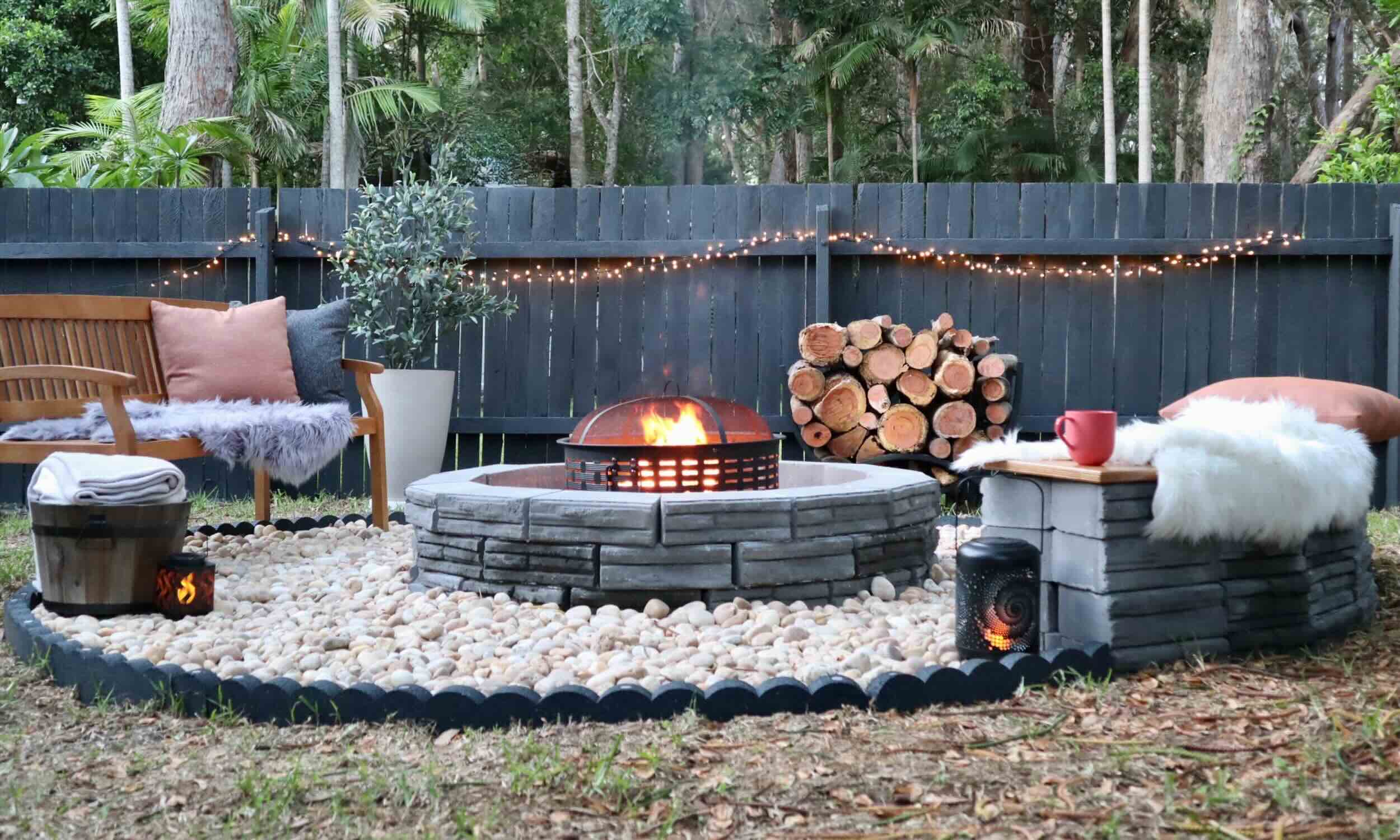
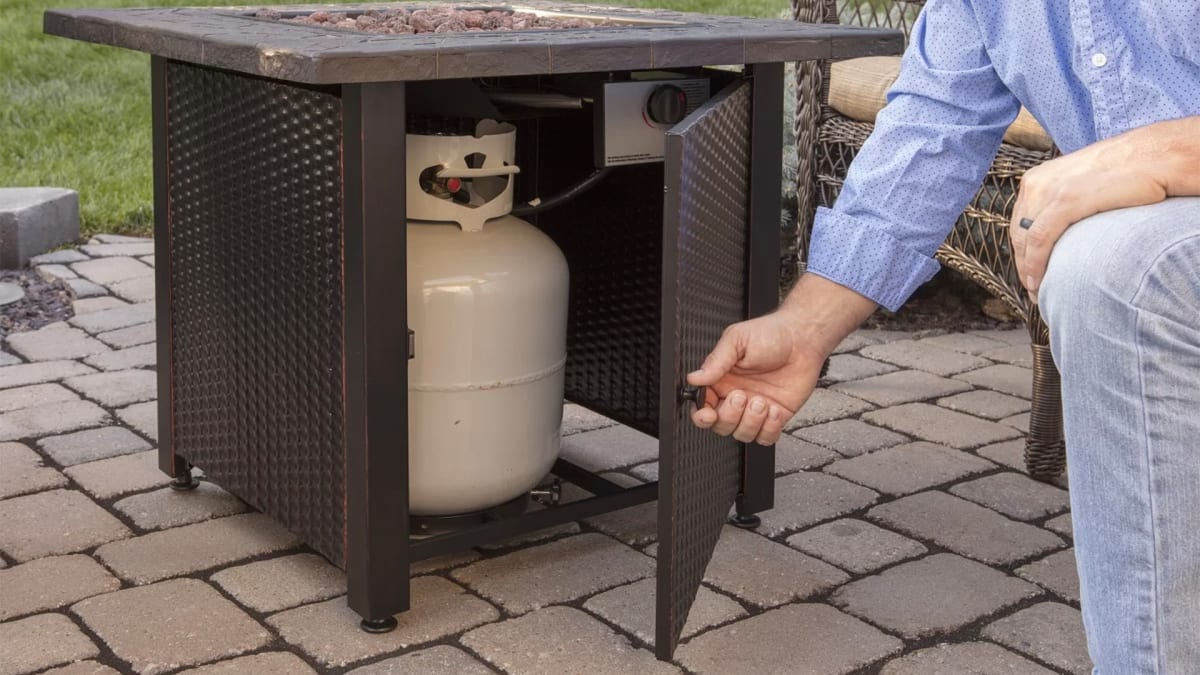
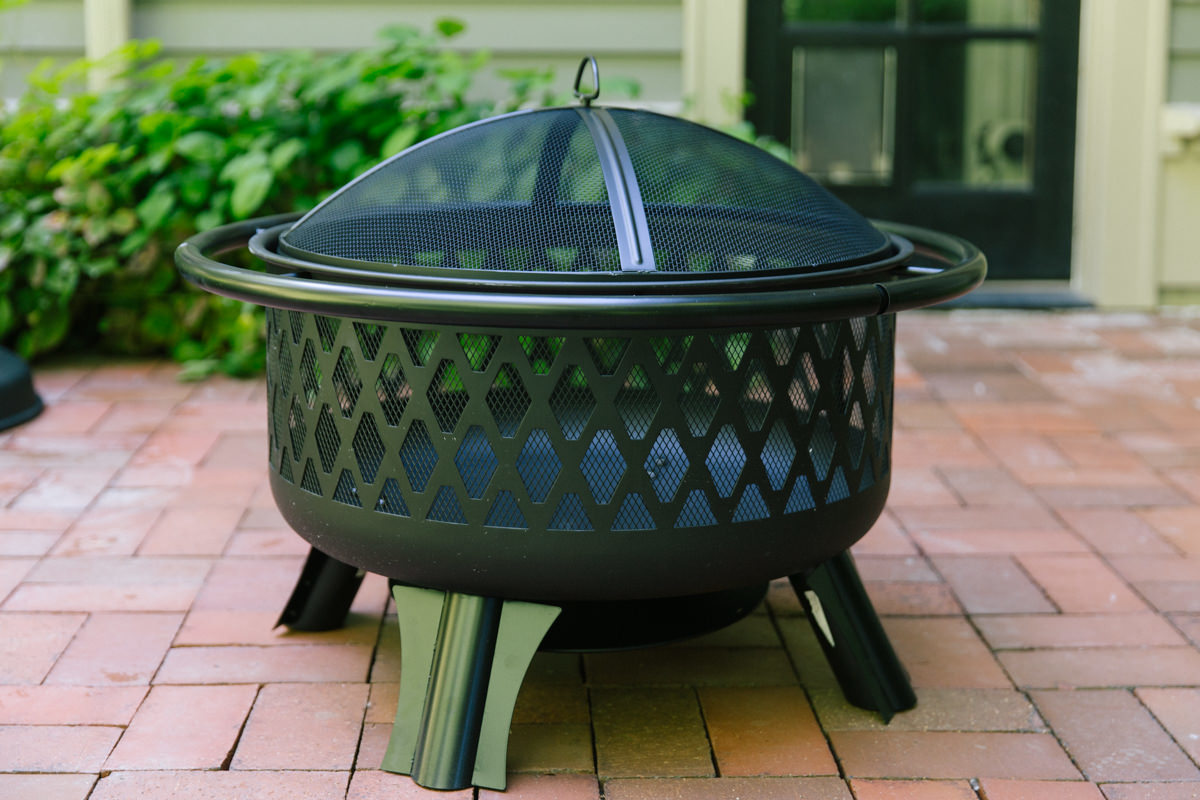
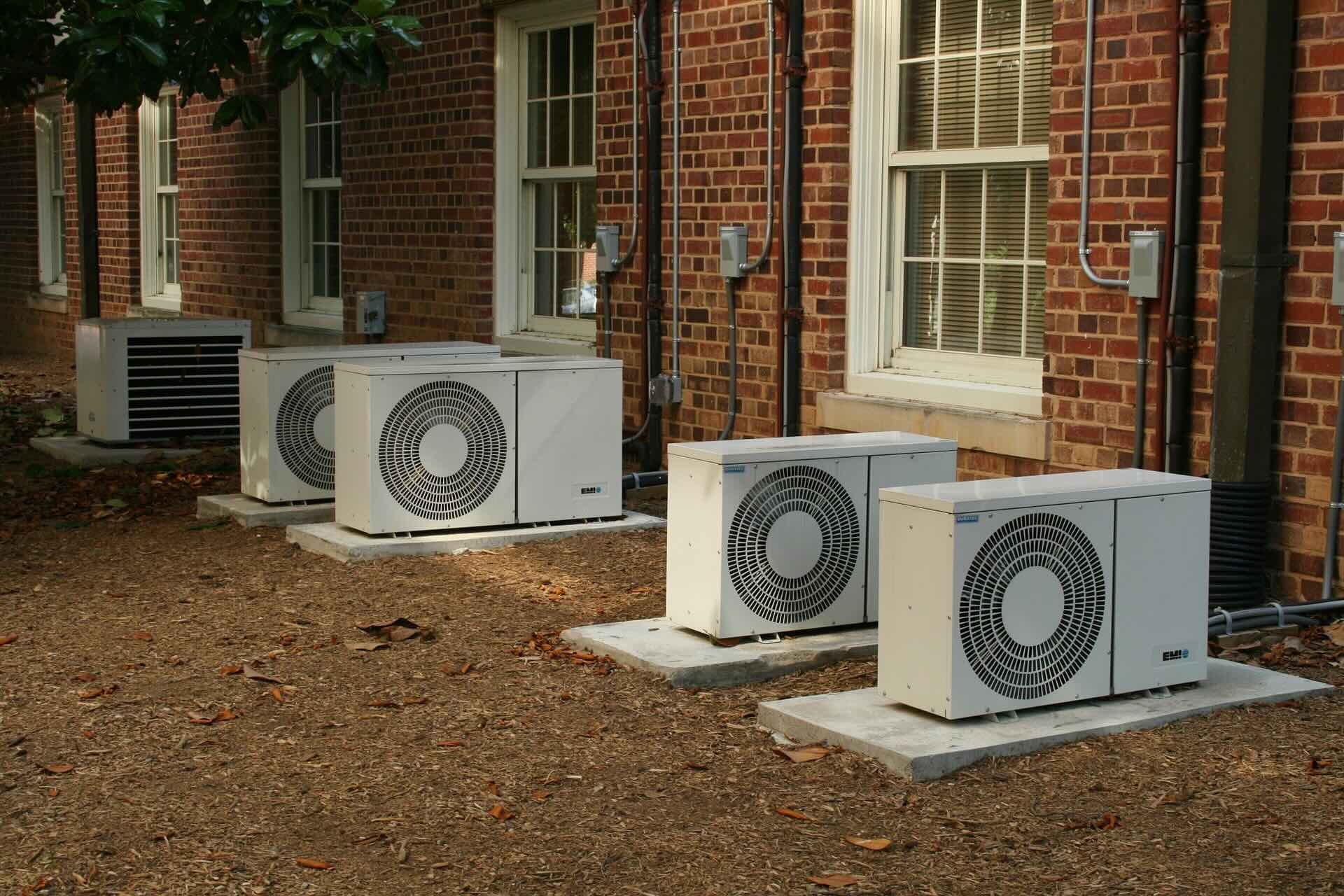
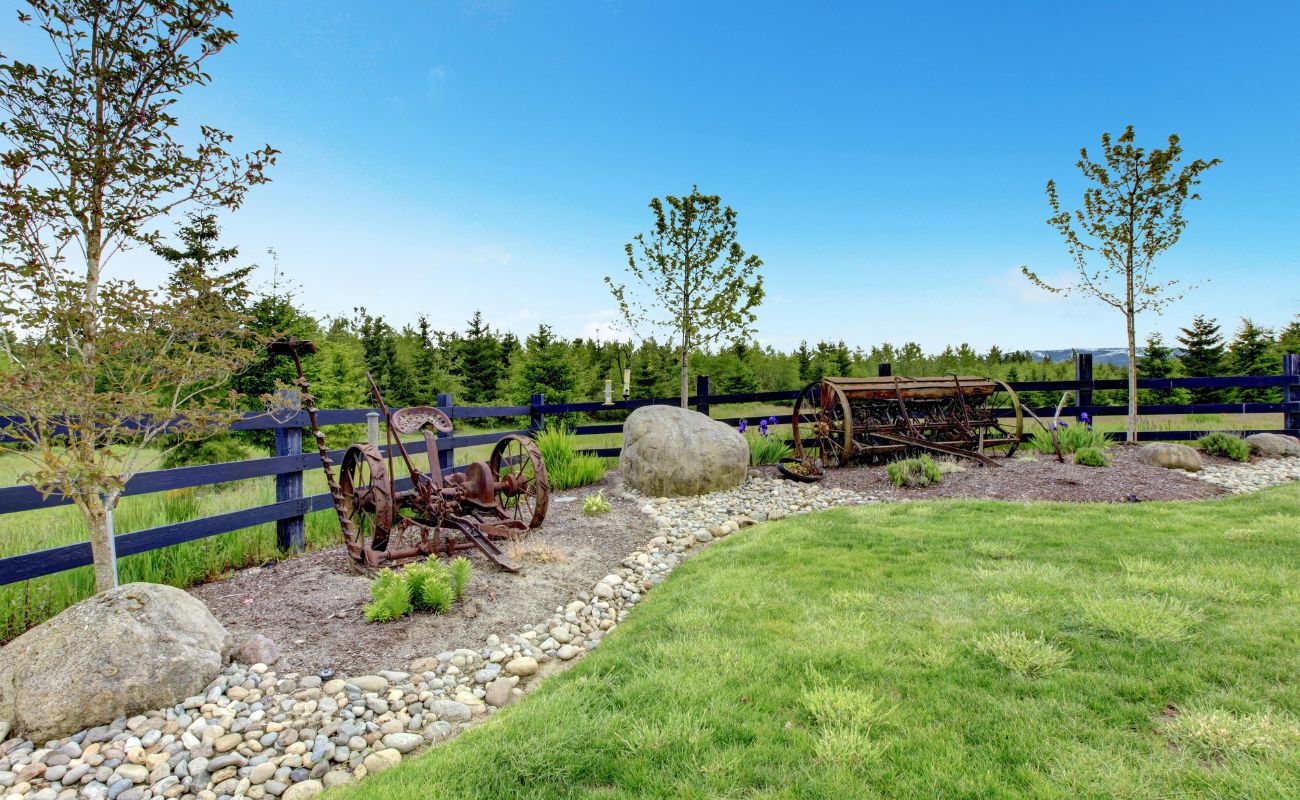
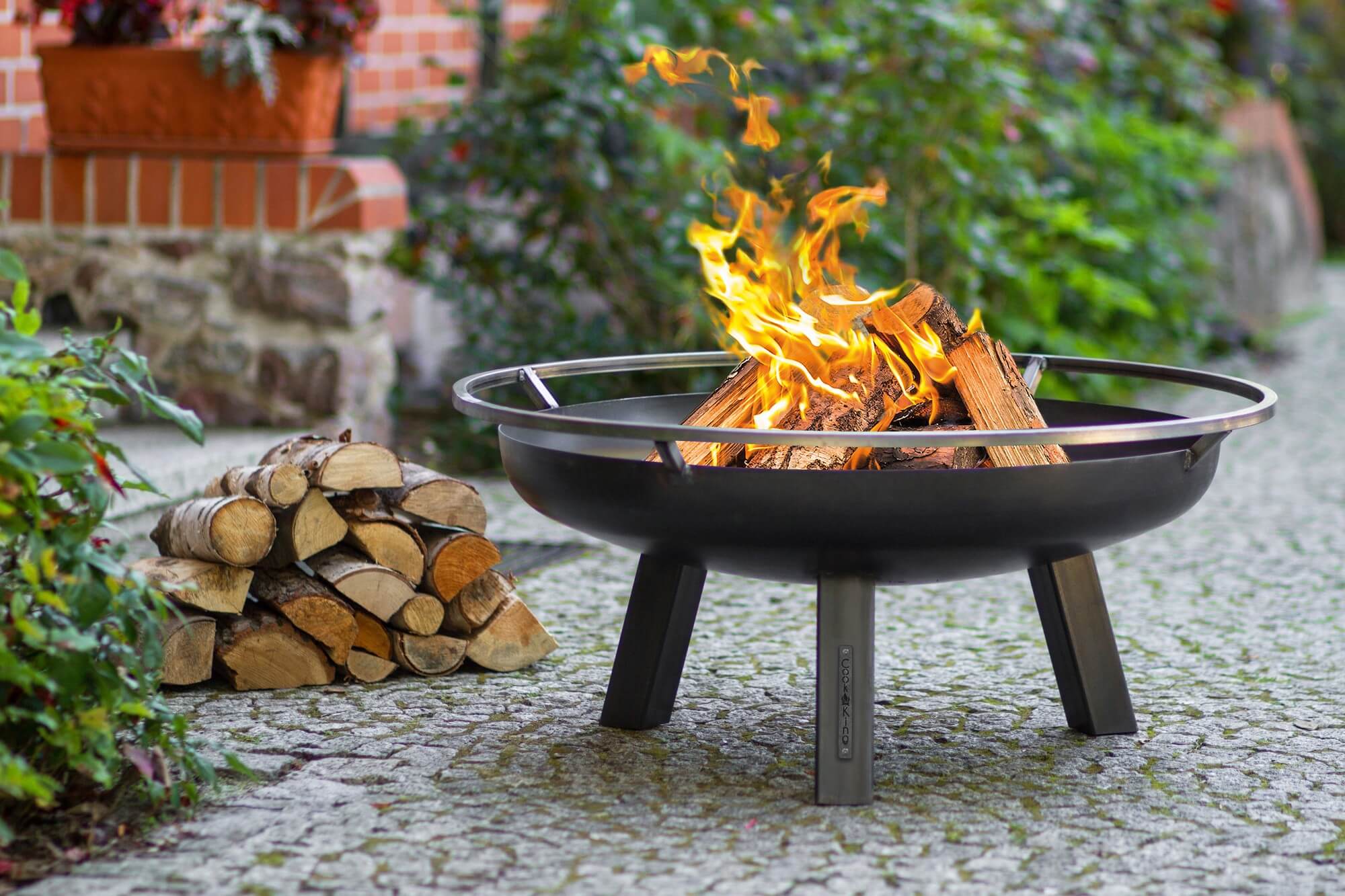
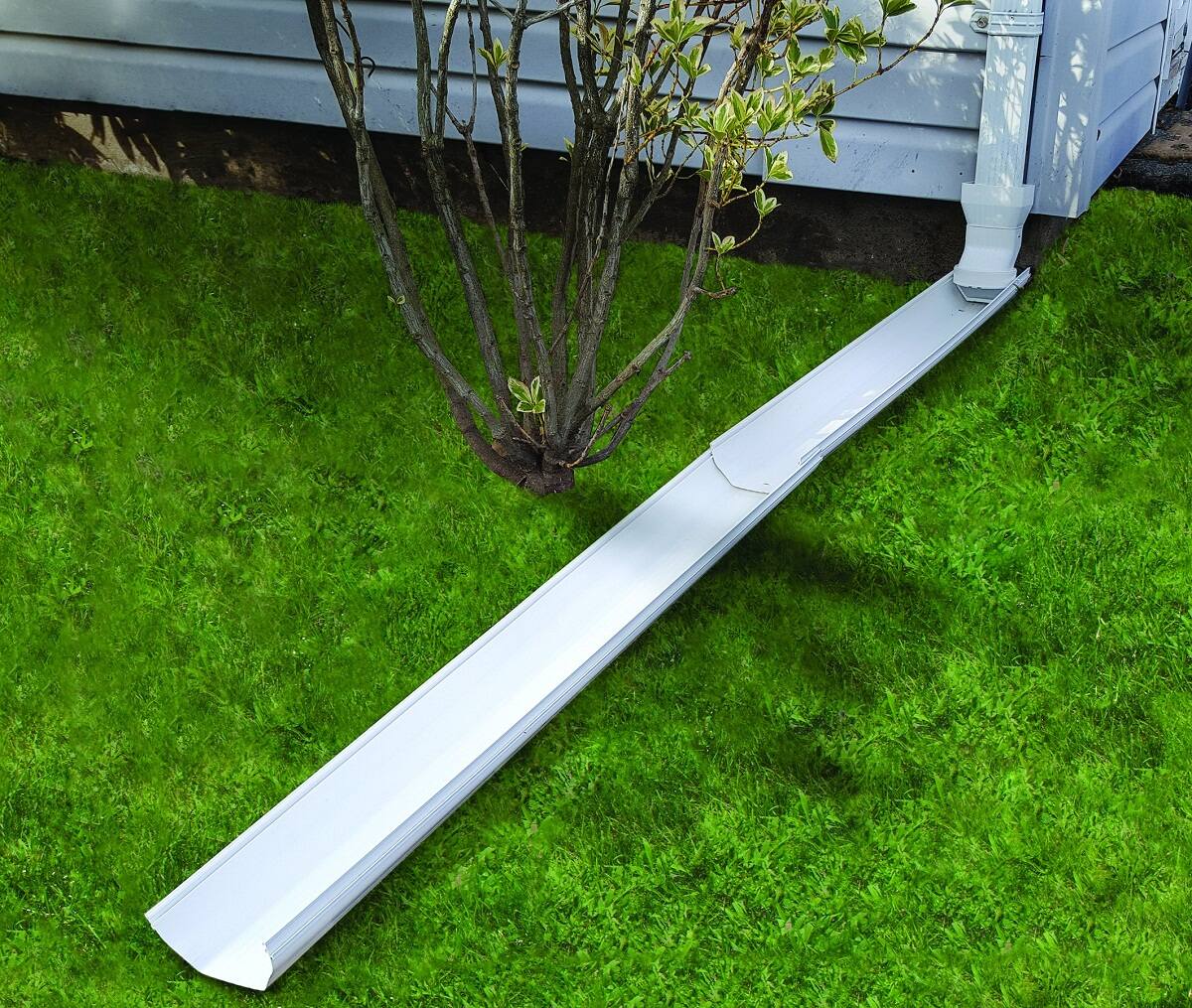
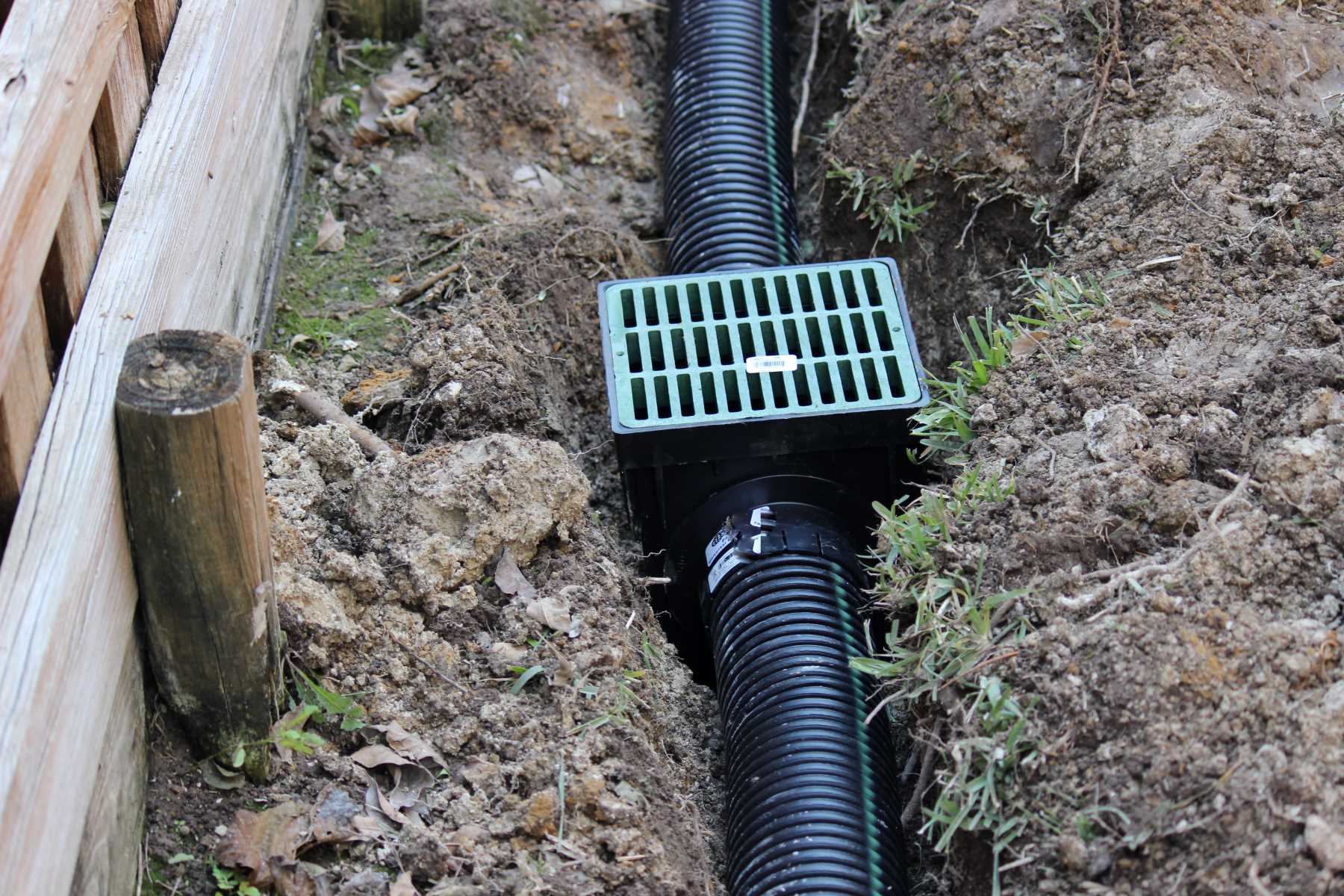
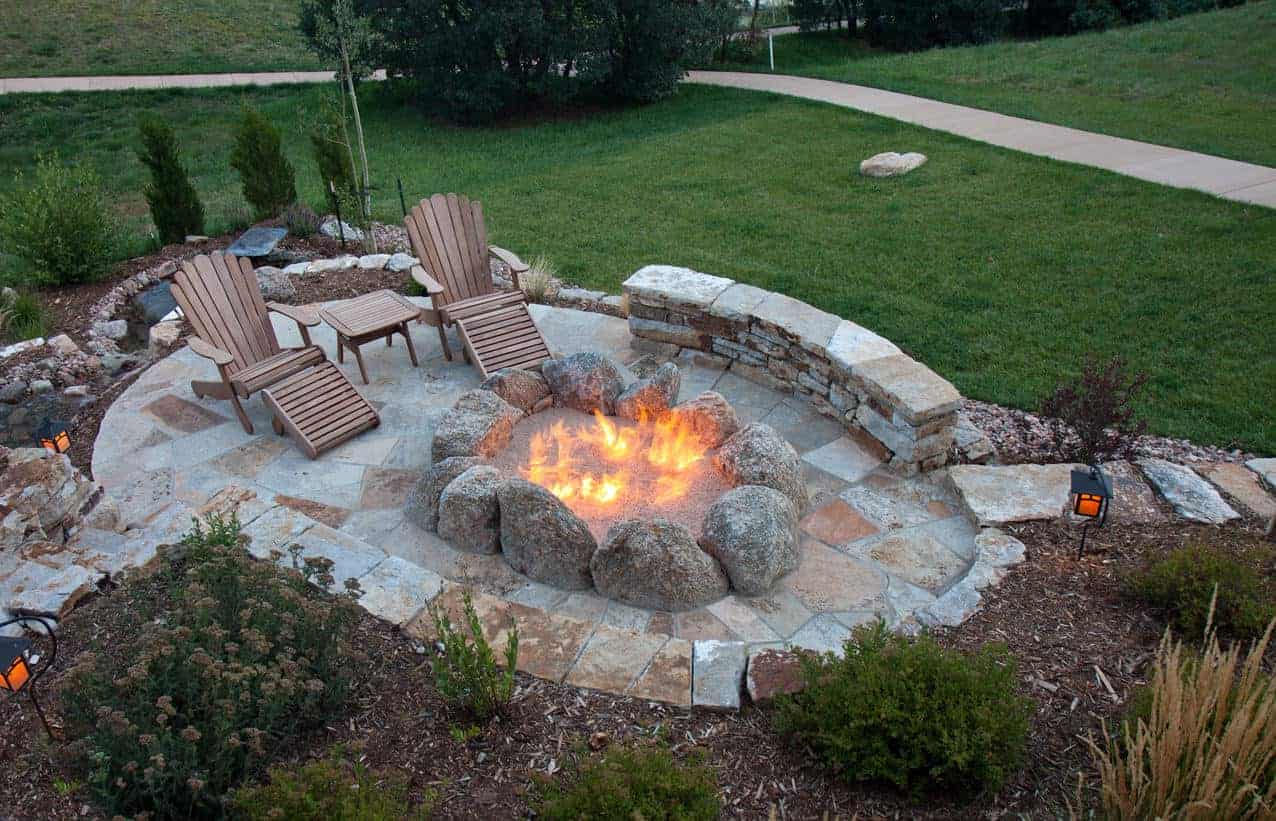
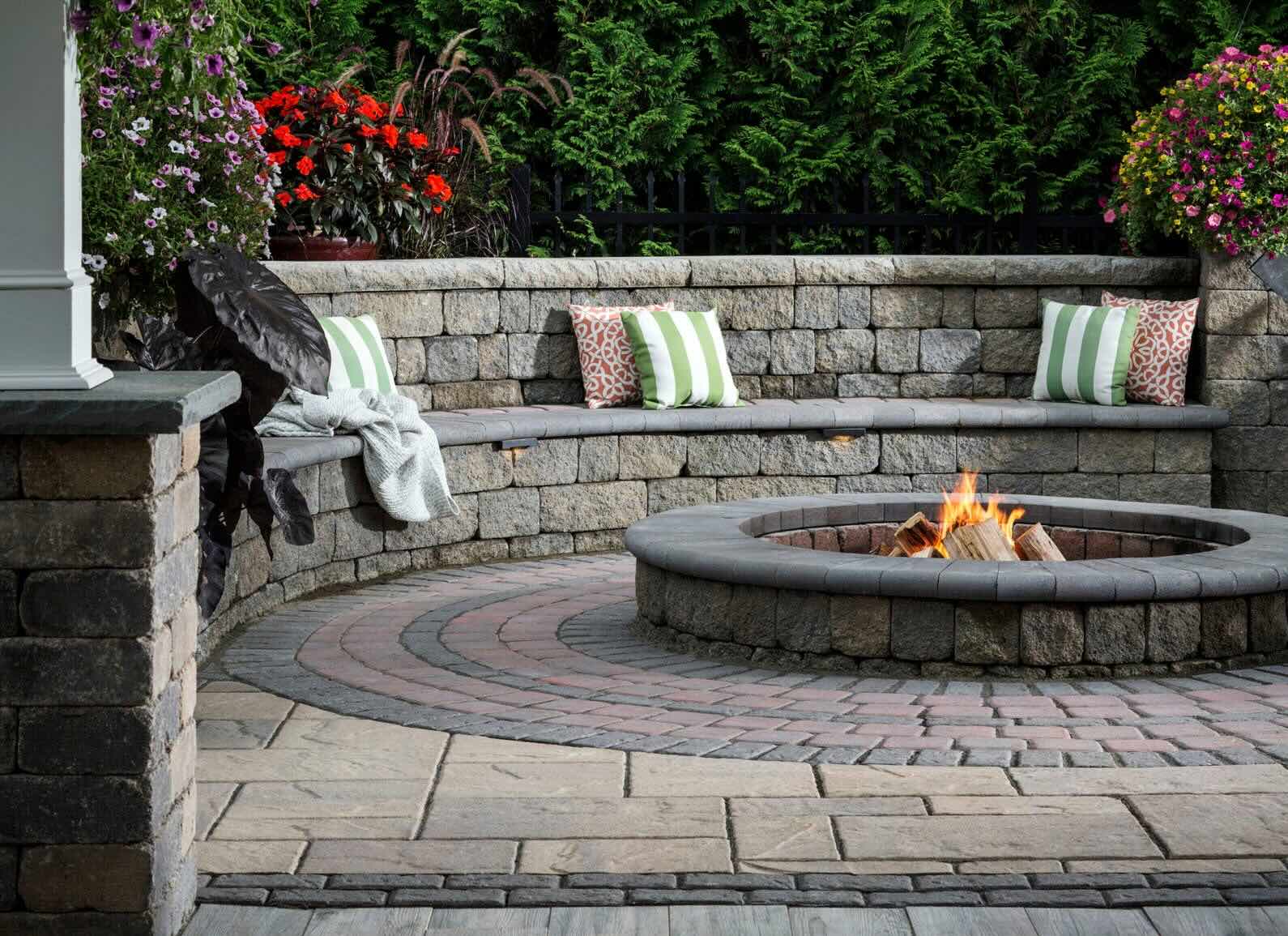
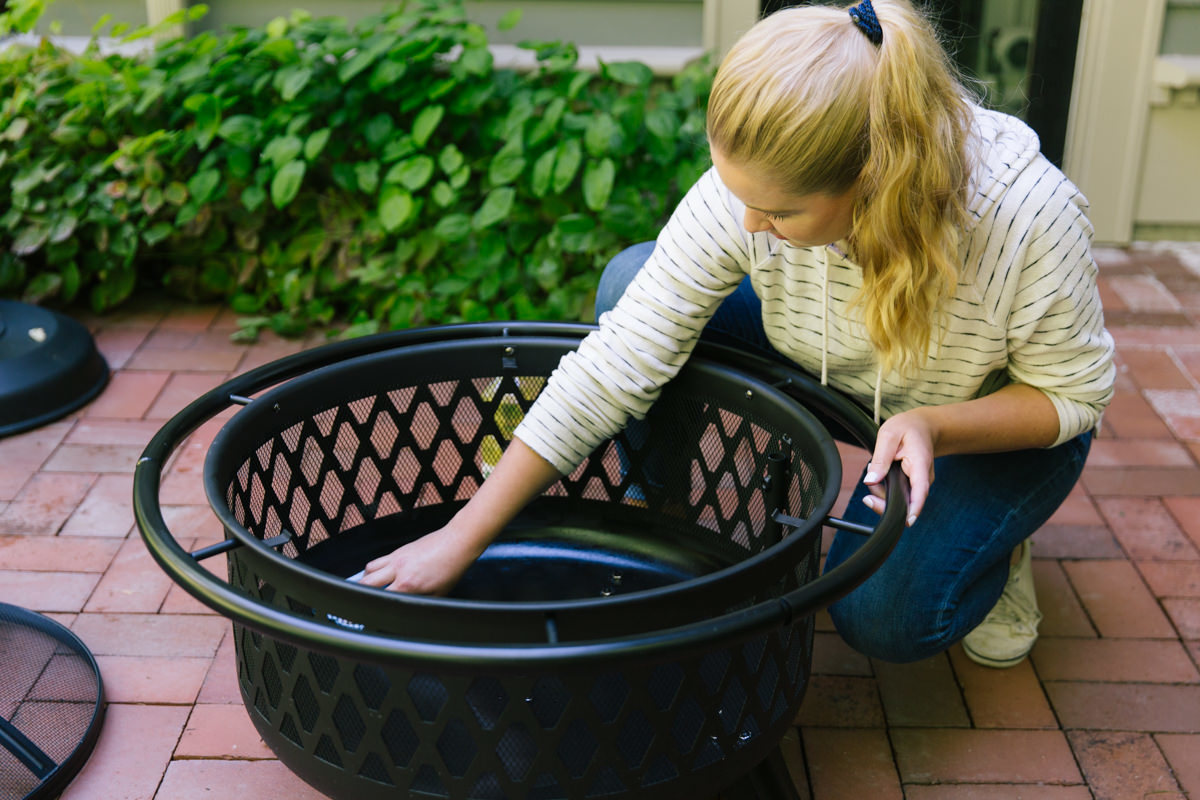
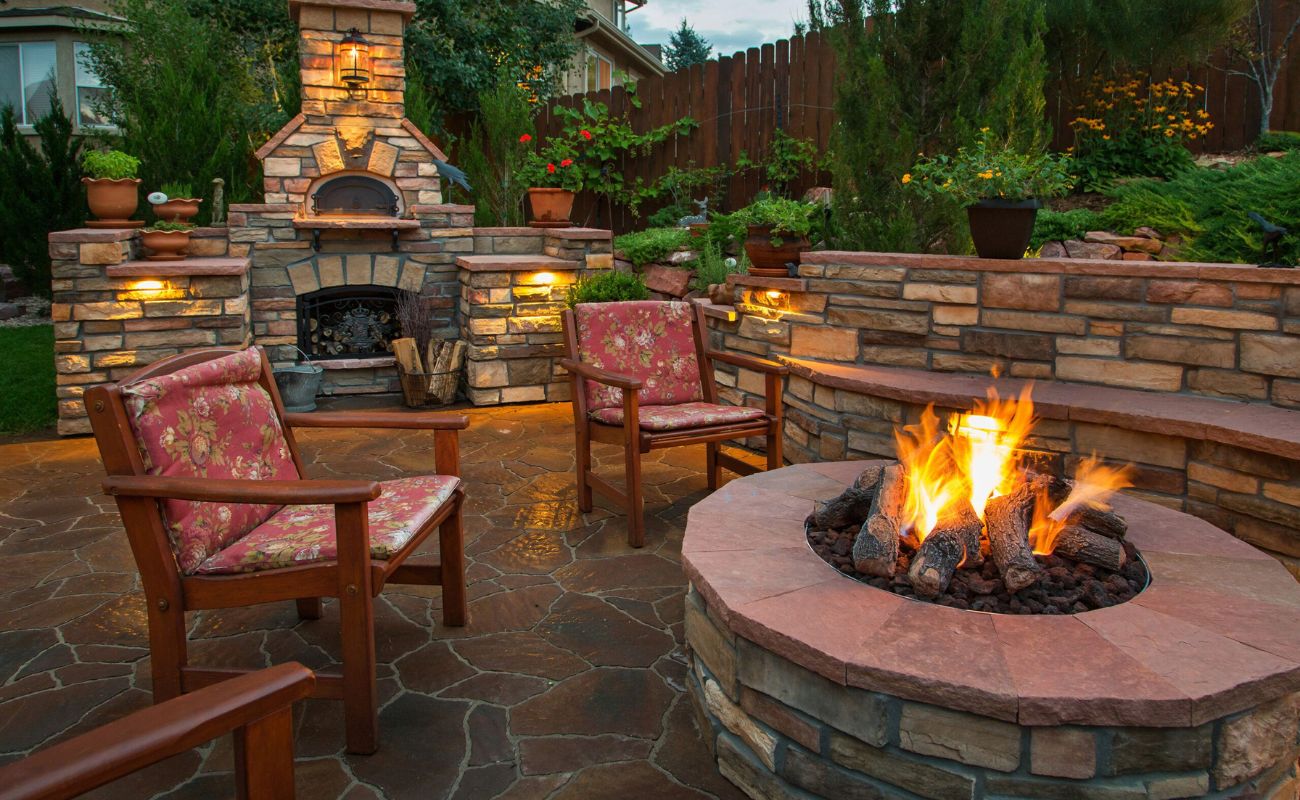
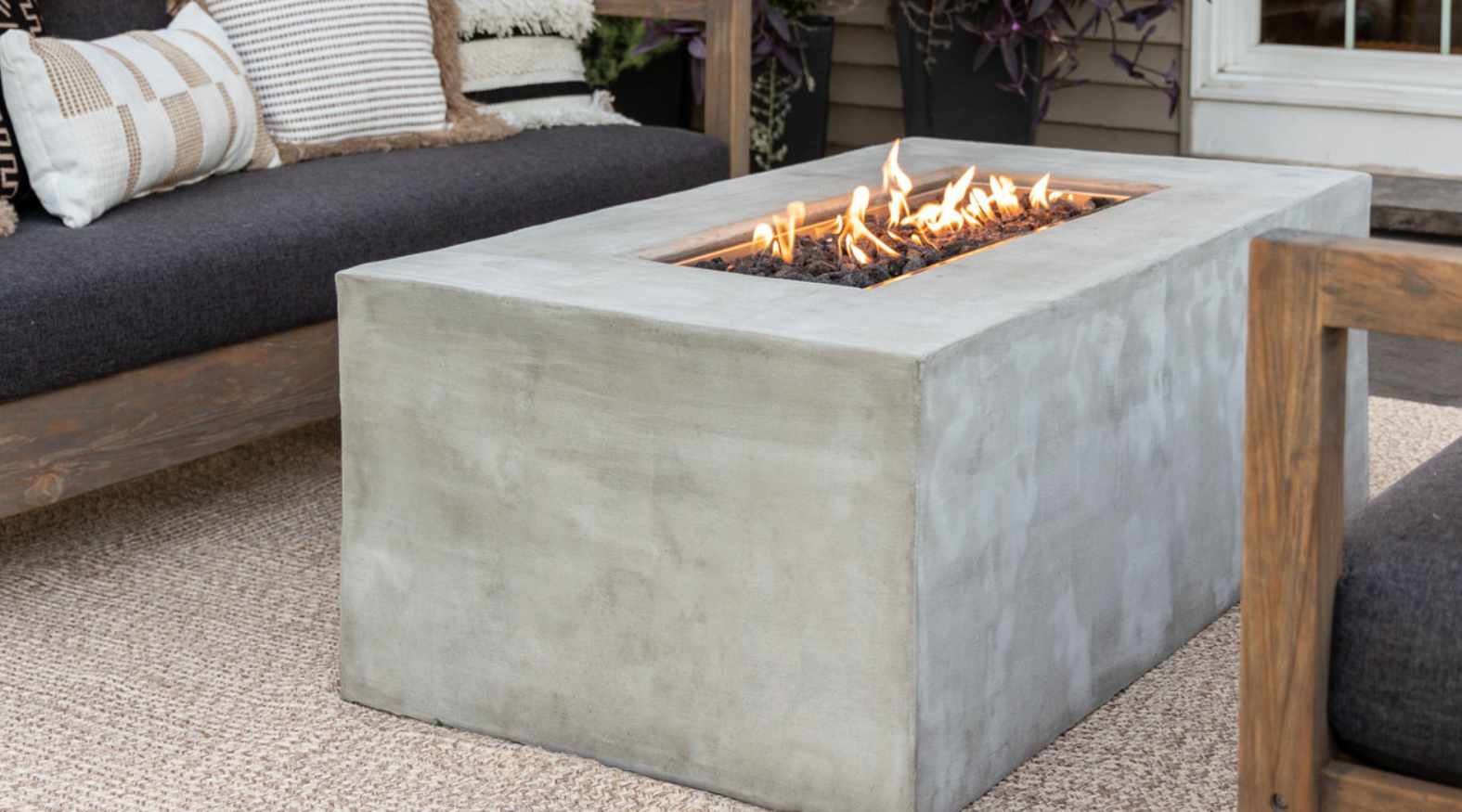
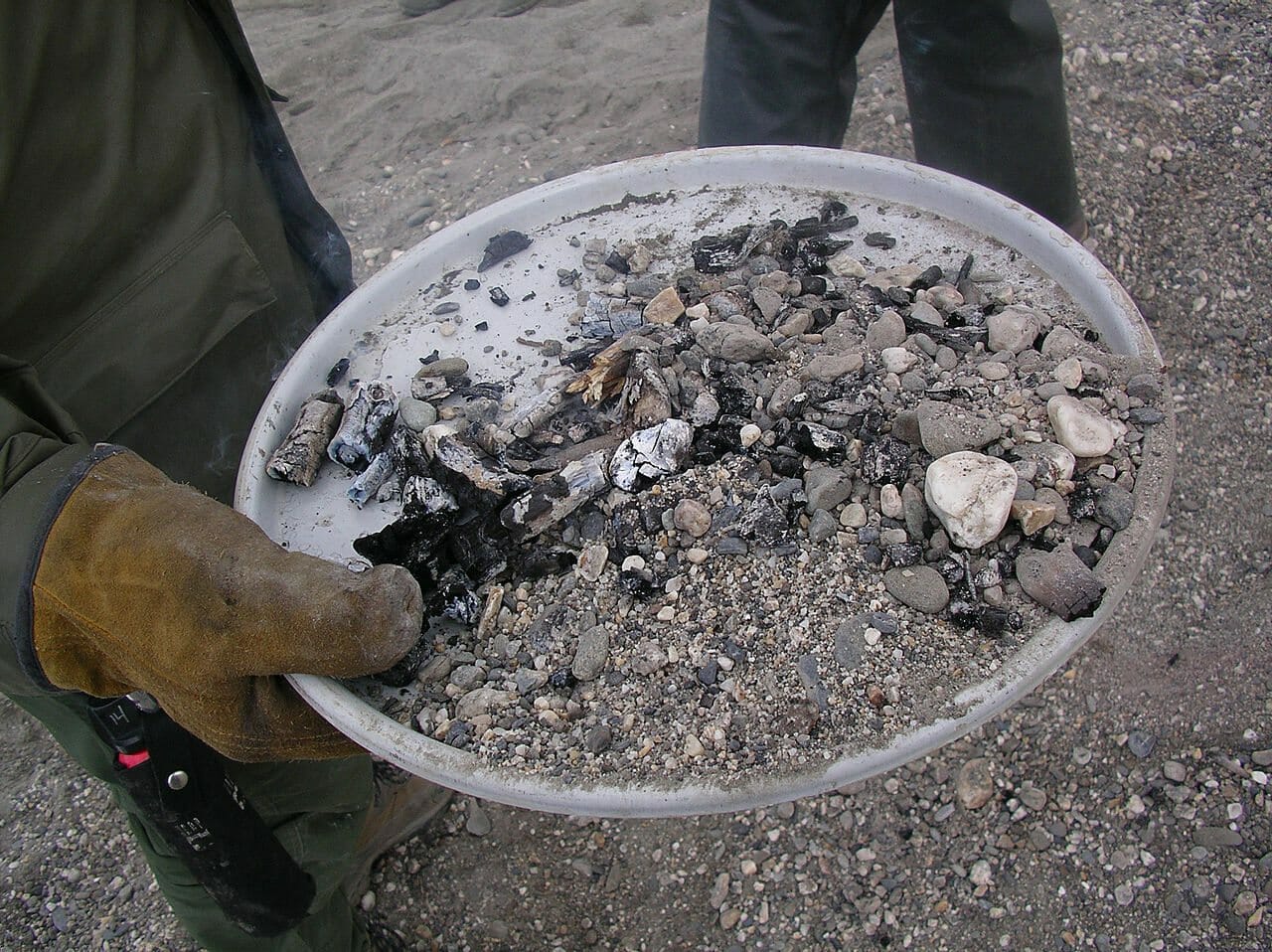

0 thoughts on “How Far Should Your Fire Pit Be From Your House”